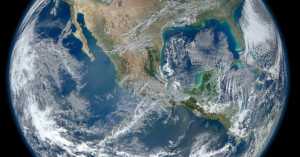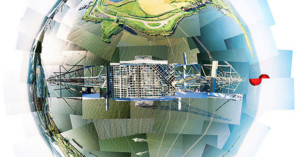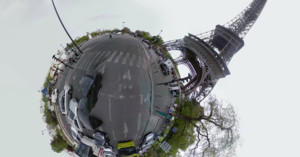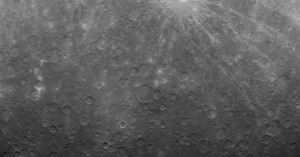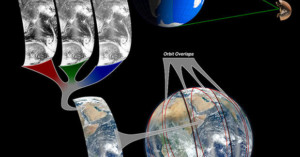
How NASA Creates Those Beautiful Blue Marble Photos of Earth
After NASA published its latest jaw-dropping "Blue Marble" photograph of Earth last month, many of you wondered how "real" the image was. Here's NASA's explanation on how their images are created:
The Suomi NPP satellite is in a polar orbit around Earth at an altitude of 512 miles (about 824 kilometers), but the perspective of the new Eastern hemisphere 'Blue Marble' is from 7,918 miles (about 12,743 kilometers). NASA scientist Norman Kuring managed to 'step back' from Earth to get the big picture by combining data from six different orbits of the Suomi NPP satellite. Or putting it a different way, the satellite flew above this area of Earth six times over an eight hour time period. Norman took those six sets of data and combined them into one image.
So rather than being a composite of multiple images captured from the same perspective, they do in fact map images captured by the satellite onto a 3D sphere.
